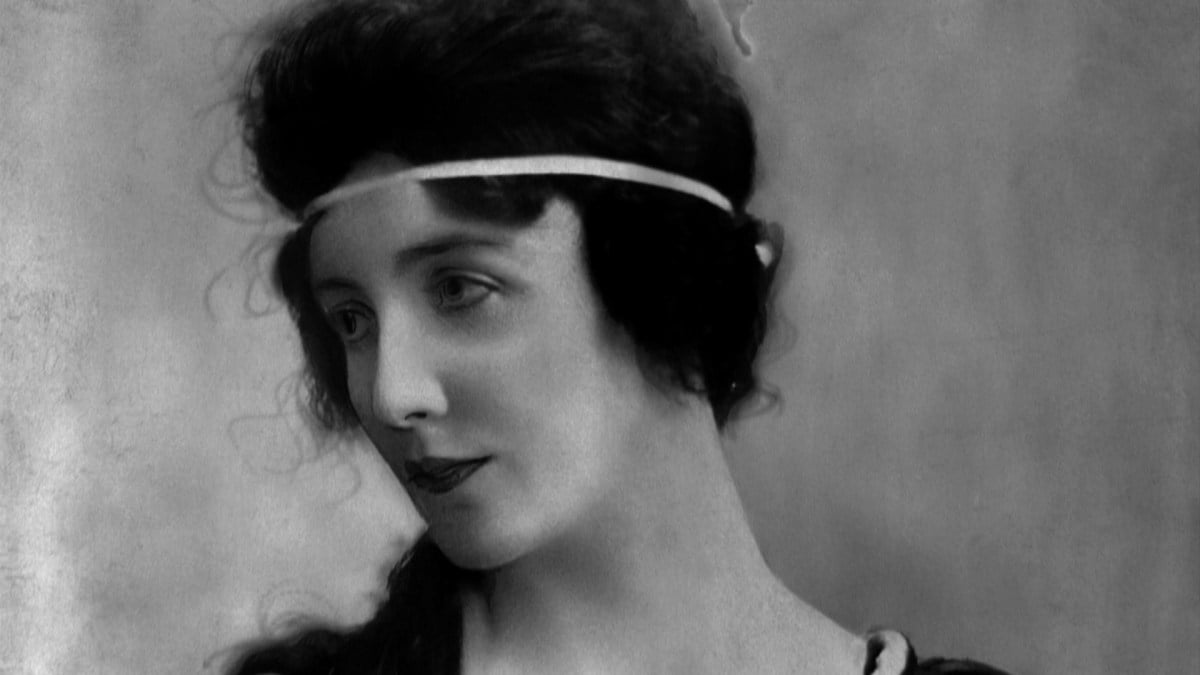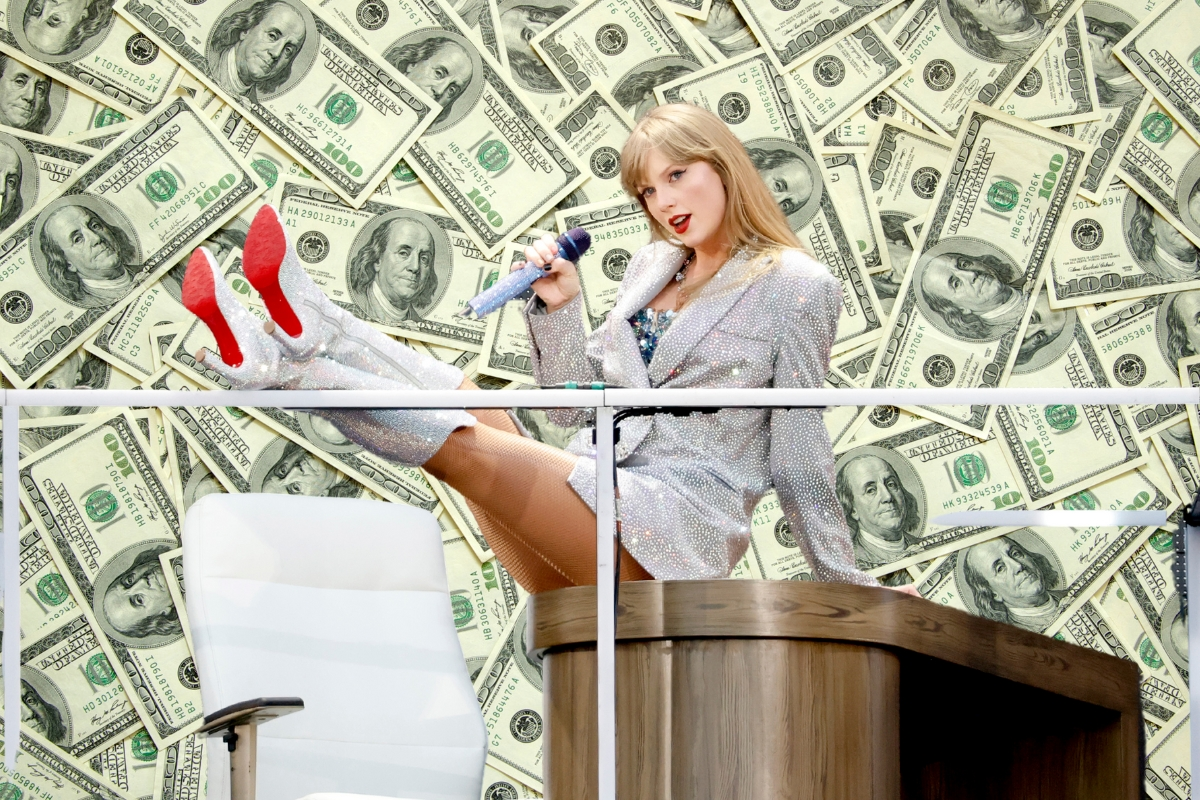Although the term “supermodel” didn’t become popular in fashion lexicon until the mid-1950s, Audrey Munson would definitely have been considered one, if she’d begun her career at that time. Instead, Munson’s career happened many decades earlier, in the early 1900s. You’ve probably seen her work many times, even if you don’t realize it, because she served as a sculptor’s model for several famous statues.
Here are just a few examples: she modeled for the statue on the top of the New York Municipal Building, she portrayed the Spirit of Commerce in this NYC statue, she’s “Columbia Triumphant” on the USS Maine Monument, she was “the Star” of the Court of the Universe building … the list goes on. What makes her a “supermodel,” however, is her cross-disciplinary modeling work; she appeared in four silent films, and she was also the first woman to appear fully nude in a movie. That was in Inspiration (1915), in which she played the part of a sculptor’s model, a role for which the rest of her career made her well-suited.
You’d think with all of those impressive accolades, Munson’s work would be well-remembered, or at least that she’d have some of the name recognition of other famous supermodels throughout history, like Bettina Graziani in the 40s and 50s, or Twiggy in the 60s. That might change thanks to a new biography about Munson written by James Bone, called The Curse of Beauty: The Scandalous & Tragic Life of Audrey Munson, America’s First Supermodel.
As the title of the book proclaims, Munson did have a tragic life in addition to a successful modeling career. Vanity Fair has printed an excerpt from the book that shows off a pulpy style that seems befitting of the “scandal” promised in the book’s title. In the excerpt, Bone writes,
She was the first movie star to go naked in an American film. Inspiration (1915) has been lost, but we can yet marvel at her in Purity (1916). Playing the scantily clad allegorical character Virtue, her breasts popping out of her robes at every opportunity, Audrey was quite literally a sex goddess …
Audrey was known above all, in art and in movies, for her naked body—and her daring readiness to put it on show. She was advertised as “the world’s most perfectly formed woman.” Audrey’s defense of her public nudity, and some—but certainly not all—of her other views on women, made her an early feminist.
Bone goes on to write that Munson “was never able to take full control of her own body … she was exploited at every turn” by the men who hired her and underpaid her for her work. That’s a strange use of the passive voice here, if you ask me: Munson “was never able to take control”? More like control was taken from her! Munson may certainly have been a feminist, but I’m not sure this book is approaching her life from that particular lens.
This history book, which Bone describes as “the story of those men—besotted, jealous, lustful, greedy men—as well as the biography of Audrey’s sometimes glamorous, often scandalous, and ultimately tragic life,” appears to spend much of its focus on the “scandalous” aspects of Munson’s story. By describing her as “literally a sex goddess,” the perspective once again places her on a statuesque pedestal. Also, the lurid descriptions of scandals mostly serve as a reminder that we still wouldn’t have respected Audrey Munson even if she’d had the exact same career today.
If you’d like to learn more about Munson but you don’t know whether you’d like this particular book (a.k.a. if you are me), American Venus by Diane Rozas might serve better. That said, it’s a hardcover art book that seems to be out of print, so it’s much more expensive in comparison. This short piece at Keith York City discusses Audrey Munson’s career in brief, including a description of the “scandals” in her life as well, but without all of the editorializing.
(via Neatorama, image via Travel Channel)
—The Mary Sue has a strict comment policy that forbids, but is not limited to, personal insults toward anyone, hate speech, and trolling.—
Follow The Mary Sue on Twitter, Facebook, Tumblr, Pinterest, & Google+.








